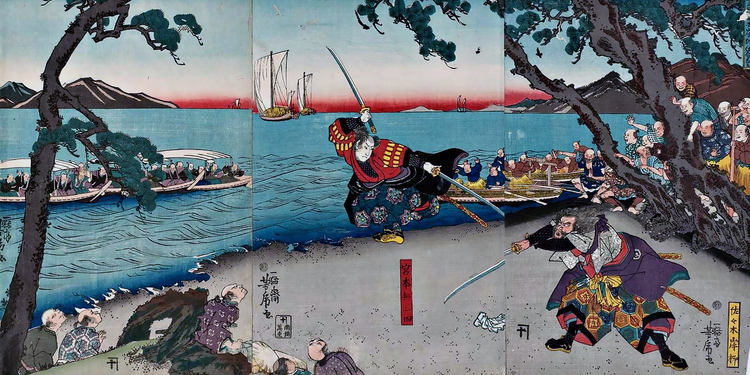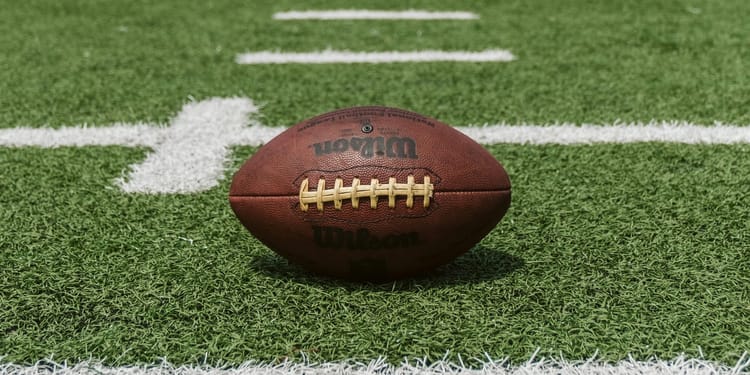$17 Worth of Silver Dollar Pancakes
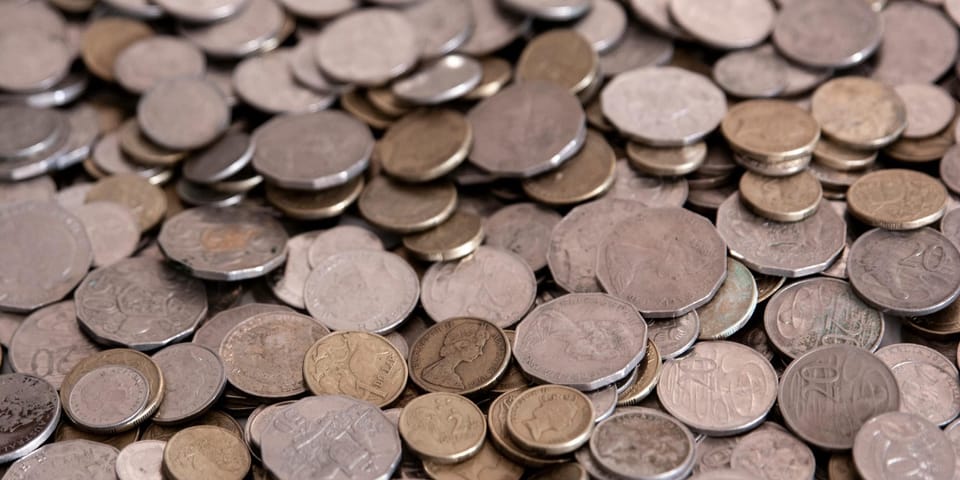
The ancient Greeks didn't put a domination on the face of their coins. Instead, the value was determined by the material the coin was made of. Heavy coins were worth more than lighter coins. Gold being greater than silver, which was greater than bronze.
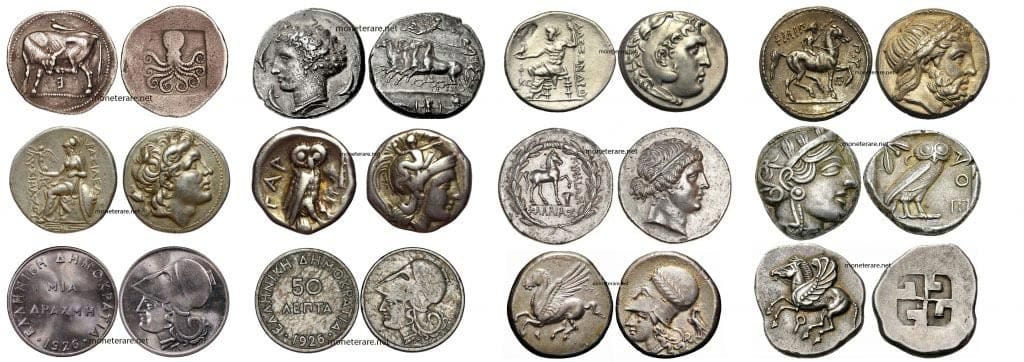
A small silver coin, called a drachma, was the average worker's daily wage around 6th century BC. Weighing only 0.15 ounces, its silver value today would be less than $4. Its name derived from drax (full hand or to grasp). Its value equivalent to a handful or arrows pulled from a quiver. And it was small, often between 5-10 millimeters in diameter.
The tetradrachm, a larger silver coin, could buy luxuries like horses, weapons, and jewels. Tetra (four) indicated this was roughly four times the value of a drachm. And four times the average man's daily pay. This coin became the most widely used coin of the ancient world. Silver was the preferred precious metal as its purity insured it maintained legitimacy across an increasingly large geographical area.
Even today, the tetradrachm is considered "The Coin to Stand the Test of Time" as it has become a popular collectors item. And the drachma remained the Greek dollar until 2002 when it was replaced by the Euro.
Between the 15th and 19th centuries, Spain began to standardize the size of their silver dollar (aka piece of eight or peso) to a more recognizable 38 millimeter diameter.
Enter the American Revolutionary War and the eventual formation of the US Mint in 1782. The size and shape of American coins were determined simply by the amount of precious metal contained within. For a dime to contain 10% of the silver present in a silver dollar, it became 1/10 the weight and size, hence its diminutive stature. A quarter's size was quite literally 25% the size of a silver dollar; whose size is based on the Spanish Peso nearly 400 years prior; whose value was established a thousands years
Given this methodology, you might wonder why a nickel is bigger than a dime. Well, originally the US had half dimes as ¢5 pieces from 1794 to 1873. But these half dimes were quite small physically and hard to handle. A sudden disappearance of most coins from circulation during the American Civil War due to hoarding; combined with the strong lobbyist voice of industrialist Joseph Wharton, co-founder of Bethlehem Steel and nickel enthusiast, caused Congress to pass a bill shifting the half dime's material in 1866. Its weight was also rounded up to five grams, both to help Wharton sell more raw nickel and for the US to dip their toe into the metric system.
The shapes and sizes of our coins are basically all tradition now, as US coins haven't contained any silver since 1964, The color is simply nickel plated over a copper core.
Since then, the idea of a "silver coin" has become synonymous with one dollar. But boy has a dollar changed. Inflation means the $65 annual salary of a 1795 Bostonian can barely buy a nice dinner today.

On the opposite end of the spectrum, a very special Flowing Hair Silver Dollar fetched $10 million at auction back in 2013. Enough to represent 150,000 years of an early American's salary, run a 30 second commercial at Super Bowl LIX, or buy a half dozen McLarens.
It wasn't until I was philanthropically flipping pancakes recently, that I realized the small, bite sized Silver Dollar Pancakes I was pouring had such a deep history packed into such an innocuous name. Tracing back thousands of years, from ancient Greece to my Blackstone griddle.
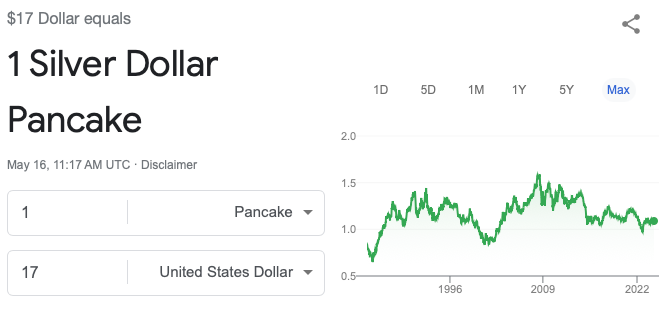
And if these Silver Dollar Pancakes had been made of actual silver, they'd be about $17 each.
Good thing this was for charity.


